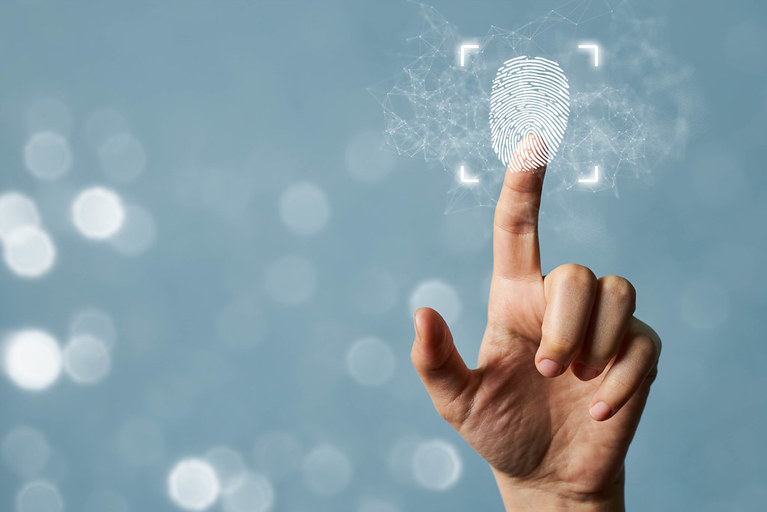
Hey, everyone today we are going to discuss the biometric locking system. Oh, you are already aware of this. Ok. Do you remember you’re first James Bond movie? Most probably you had seen a biometric lock to open a locker.
In the early days, we have seen electronic lockers in the cupboard, where we put our valuable documents and items like jewelry, gold bar, etc. As technology-enhanced, the electronic lockers got updated. Why we need this? Why electronic lockers need these kinds of updates. The answer is if somebody knows your password then that devil guy can open your electronic locking system and it can make a huge loss. To solve this problem Bio-metric locking system comes into the role.
What is Biometric Lock?
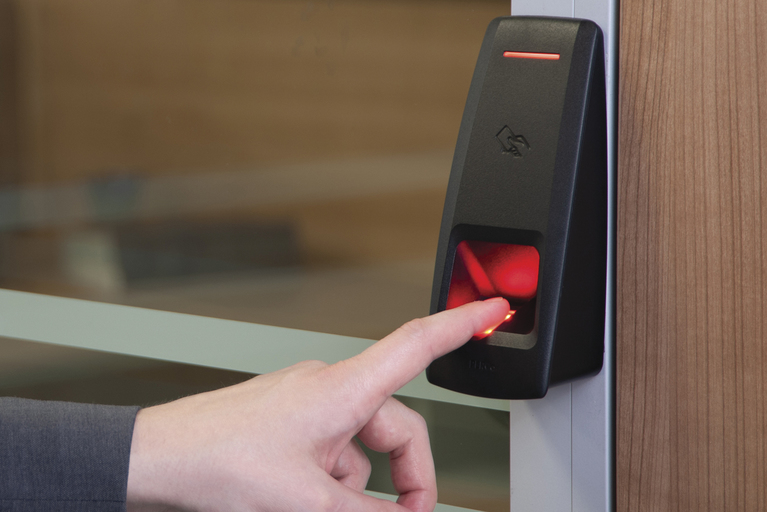
Bio-metric system using fingerprint
The name is self-explanatory, a biometric locking system needs a unique ID of human beings. Most of the bio-metric locks are working with fingerprints whereas some of them are working with the retinas of eyes. We can define the biometric locking system as “It is a system that grants access to the authorized personnel by virtue of the recognizing their unique ID’s like fingerprint, retina, etc”. Here we are going to focus on fingerprint biometric systems that made base on locking systems or security systems.
Units required in this system:
In fingerprint type bio-metric locking or security system, below electronic units play an important role to make this system functional:
- Arduino with microcontroller
- Fingerprint scanner
- DC adapter
- Push-Pull solenoid
Arduino with microcontroller:
Are you interested in electronics projects? if yes then most probably you are aware of Arduino boards. Arduino boards are basically a circuit that contains microcontrollers to perform a specific function. There are several types are present in Arduino boards. It is basically the brain of the fingerprint bio-metric locking system. In most of the systems, the Arduino Uno MCU board is being used to build a fingerprint biometric system. This Arduino Uno MCU is based on ATmega328/ATmega328P microcontroller and it has 14 digital input/output pins, six analog inputs, 32 KB memory, 2 KB SRAM, reset button, 16 MHz crystal oscillator, a USB connection, power jack, and others. We can program this microcontroller using Arduino IDE software.
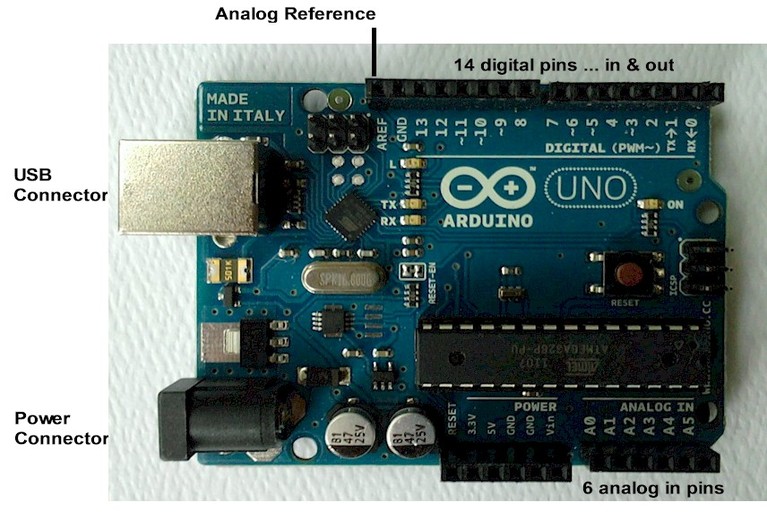
Arduino UNO connections
Fingerprint scanner:
It is the sensor that detects fingerprints and sends the fingerprint data to the Arduino board. Once you placed your finger onto the scanner for the first time the conversion of your fingerprint data into numerical value takes place, and the fingerprint template is saved into microcontroller memory. After that, this process is then repeated every time you want to grant access to somebody. The next time when somebody places its finger onto the sensor, it matches the current fingerprint data with stored template values. If a match is found, access is granted and locks get open. On the other hand, if the fingerprint does not match with the already stored value, the lock remains intact.
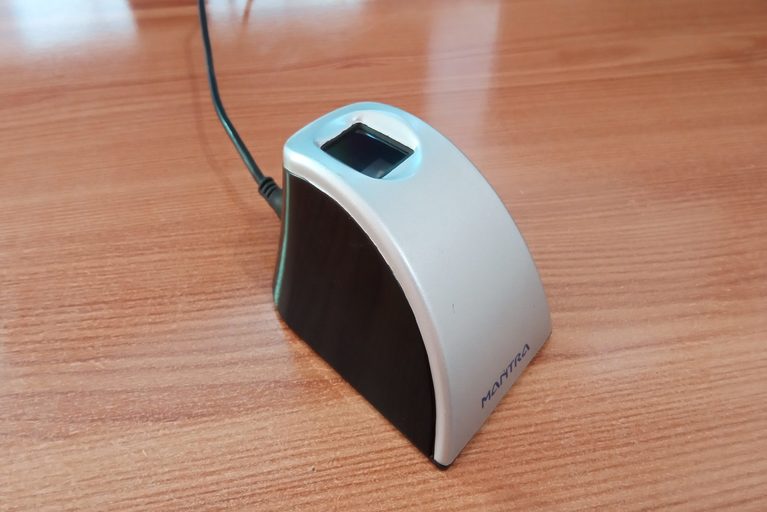
Fingerprint scanner
Now, the most important process involves is the matching algorithm. Minutia matching process is widely being used for fingerprint recognition. In this algorithm, several minutia points are located on your finger pads, along with direction and position during registration for the first time (or creating a template value).
The R305 fingerprint sensor is being used in this system. This sensor has a UART interface with direct connections to the PC through a serial adapter.
TX and RX pins of this sensor are connected to the Arduino board, which is responsible for serial communication.
DC adapter:
It is mainly responsible to provide DC power of approximately 12 volts to the system. DC adapters are also provided power to charge the rechargeable battery of this bio-metric system (if any battery is present to provide power in case of failure of the main power supply).
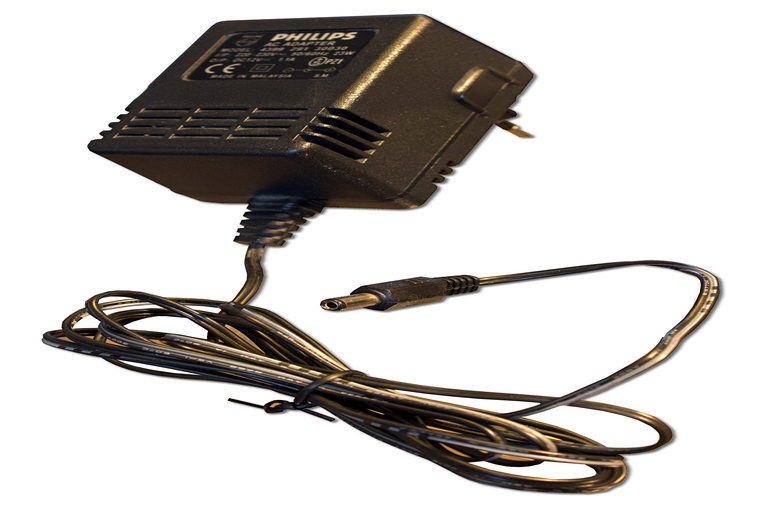
AC to DC adapter
A 12 volt DC adapter is a kind of full-wave rectifier. It converts input AC voltage 110 -220 volts to 12 volt DC output. This unit contains a step-down transformer that converts high input voltage to low output voltage.
It also has power diodes, capacitors, inductors, and voltage regulator IC’s to provide regulated, controlled, and ripple-free (less ripple) output DC voltage.
Push-Pull solenoid:
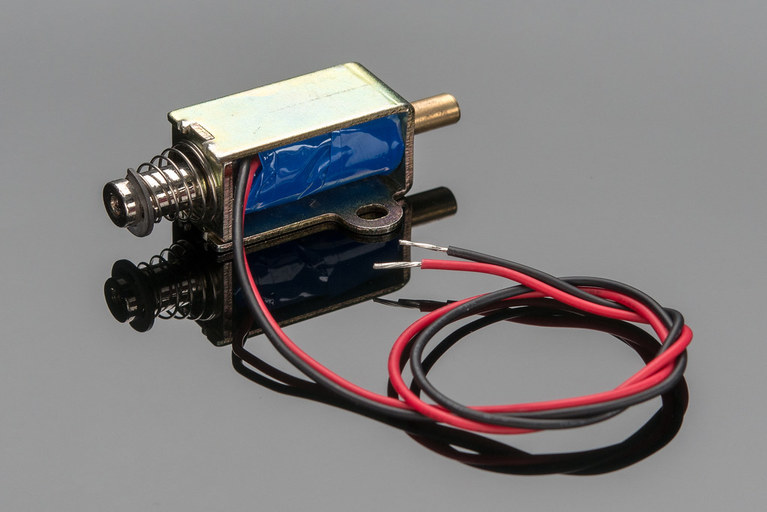
Push Pull solenoid for biometric locking system
As we know solenoids are basically electromagnets. They are made of a big coil (a high number of turns in the copper coil) with an armature (a slug of metal). Push-Pull solenoids consolidate with a smart and intelligent magnetic concept that allows a very high holding force at a comparably low power input. This makes them ideally suited for heavy and strong duty applications. If you are interested to know more about the solenoids you can click here.
Applications:
At present time it has many applications in safety, monitoring, and security systems like:
- Time and Attendance
- At international Borders and Airports for identification of the person
- In the health sector.
- In logical Access control systems.
Future of Biometric Lock:
Retina scanning is also up-gradation of fingerprint biometric system. Is it the last up-gradation in bio-metric technology? The answer is NO! Most researchers in this field are going to use DNA as a unique ID. Whereas some of the research centers are using DNA bio-metric systems (provide high security). But this system is not available for common persons. In upcoming days we will see many variants of locking system those uses several types of unique ID’s to secure our valuable assets.
Thanks for reading. See you soon with another exploration!

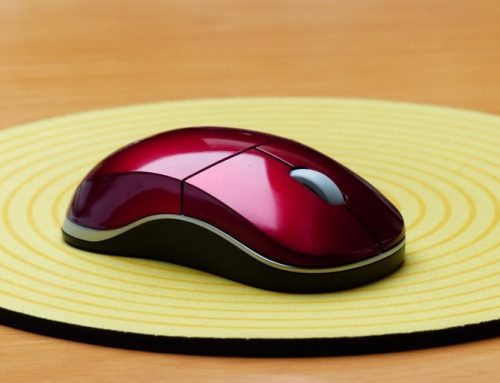

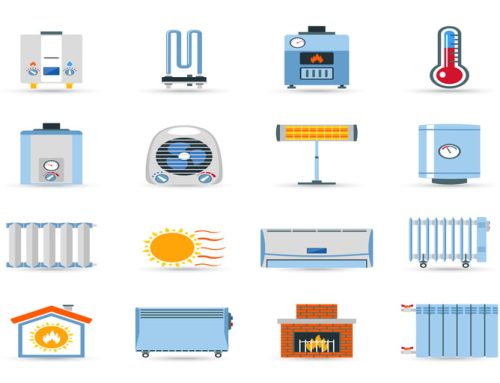
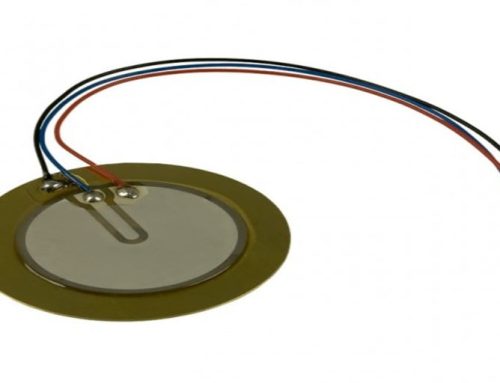

[…] technological era whereas we have invented many security gadgets to protect our valuable items like Bio-metric scanner. As we know human beings are not getting settled for anything. We are excepting something more […]